Bison Mobile Pillbox
 United Kingdom (1940) - est. 200-300 built total
United Kingdom (1940) - est. 200-300 built total
Make do and Mend… To the Extreme
Amid fears of a German invasion of British soil, 1940-1941, Britain began preparing for the worst. The fear was, in particular, a capture of airfields by German paratroopers – a fear that would come true in the Battle of Crete, May, 1941. Recognizing the danger, tanks and other AFVs were seen as an effective means of defending airfields, but due to the loss at Dunkirk, there was no real means of equipping airfields with AFVs. The Bison was the ideal solution. The idea was to take available trucks and place concrete bunkers on the rear, thus making a mobile pillbox. As many as 300 were built, with one, and the remains of another, still in existence today.
Design Process
The idea of a concrete bunker came from Charles Bernard Matthews, the owner of Concrete Limited, and commercial partner, John Goldwell Ambrose. They had both previously served in the Royal Engineers during WWI, thus meaning that they had serious expertise in designing concrete bunkers. 24 old trucks were bought for testing, and a prototype was made to show local military officials. After some minor design changes, production began in Stourton, Leeds. The name “Bison” was chosen, as it was the company trademark at the time. Due to the sheer weight of the concrete, only heavy lorry chassis could be realistically suited to the conversion. Nevertheless, lorries of all types and ages were used in the production of the Bison, and each Bison varies from the next, but there appear to have been three main types.
Type 1 was a fully armored cab and a small fighting compartment with a canvas roof. Type 2 had an armored cab with a separate concrete pillbox on the rear. Type 3 was a fully armored cab and adjoining fighting compartment, fully covered in concrete.
Bodywork was stripped from each vehicle and replaced with wooden form-work, and some expanded metal was placed in between the new structures. Fast setting concrete was then poured on to create the armor, which was up to 152mm (6 inches) thick. Roofed versions had a pre-cast roof. Some were also built on steam-wagons, which were not self-propelled due to their boilers being removed, but could be towed.
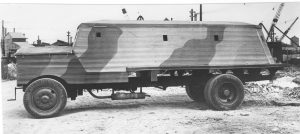
Type 3 fully enclosed Bison, government photograph circa 1940/1.
Combat Capabilities
Bisons were primarily intended to defend airfields, but also reportedly saw service with the Home Guard. Testing revealed that the concrete was resistant to Bren guns and armor piercing rounds, and this would certainly be sufficient defense against German paratroopers. However, this protection was not a calculated trade-off. They could hardly be described as ‘mobile’ pillboxes due to the weight of the concrete, poor radiator cooling, and poor driver situational awareness. They were, therefore, towed or abandoned after breakdowns.
Surviving Examples
One full type 2 Bison semi-replica was reconstructed at Bovington Tank Museum using remaining Bison parts and a Thornycroft 3 ton 6×4 truck, military type (although it is suggested that a military lorry would probably not be handed over for these purposes). A hatch has been cut into the lorry’s decking for access to the pillbox, and the cab is open-topped, access being granted through climbing over. The pillbox design is a late type – the sloped design saved on weight, whereas earlier designs were rectangular. A small steel plate has been placed to protect the engine and radiator, but would be insufficient to protect against small arms fire.
Parts of a Bison stand at Lincolnshire Aviation Heritage Center today. This particular Bison had originally been used by the Home Guard to defend RAF Digby. Later in the war, airfield protection at Digby as not needed, and the vehicle was stored, only defending a roadblock on the A15 (a major road) near Sleaford. Before the war’s end, it was abandoned, vandalized, and the chassis was used as a farm trailer. In 1988, the Lincolnshire Aircraft Recovery Group found out about the vehicle and on 22nd March, 1991, the remains were taken to the museum.
Sources:
“Vehicles of the Home Guard” by Martin Mace
“The Times”, 10 December 1940, Newspaper article entitled “Mobile Concrete Pill Boxes – Easy Construction”
The Bison on Wikipedia
www.warwheels.net
www.warwheels.net (a walkaround of the replica Bison at Bovington)
www.pillbox-study-group.org.uk
Preserved Military Vehicle Registry Project
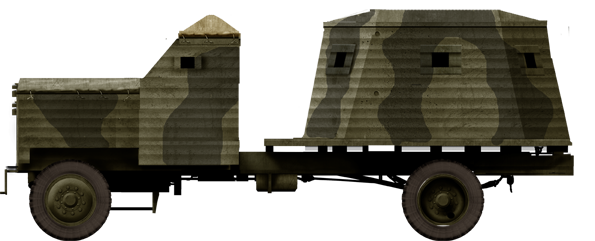
Bison, Type 2. This type featured a separate fighting compartment.
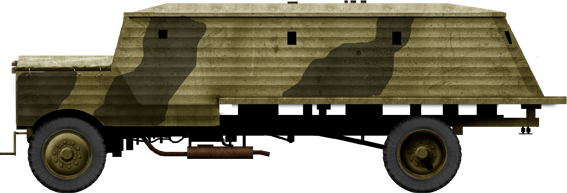
Bison, Type 3, late model. As seen in a government photo from 1940/1.
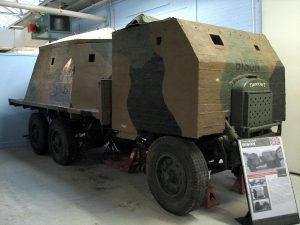
Type 2 Bison at Bovington. Some parts are original, but the truck chassis is not one that would originally have been used.
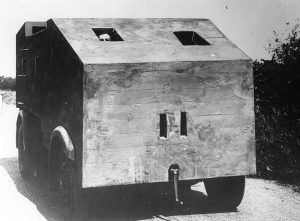
Small type 3 Bison, early model, as shown by the rectangular type. The engine handle crank is seen below, as well as two ventilation slits for the engine.
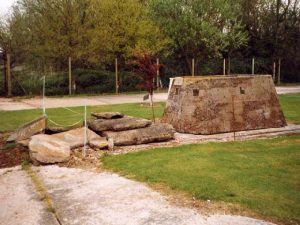
Remains of a Bison on display at Lincolnshire Aviation Heritage Center. Whilst they may look like meaningless, unimpressive slabs of degrading concrete, their historical significance is considerable.
An article by Will Kerrs, first published on April, 16, 2016.

WW2 Tanks




























WW2 tanks posters

All Tiger tanks liveries.

Panther liveries and variants

WW2 Armour - All tanks











Tanks aces and single tanks series

Find more there

Museums, Movies, Books & Games
The Tanks and Armor in pop culture
Tanks and armored vehicles in general are only really grasped when seen first person: The mass, the scale, it's all there. Explore also the way tanks were covered in the movie industry, in books and in video games.Movies:
Best tanks movie on warhistoryonline.com
On imdb.com
On bestsimilar.com/
miltours.com
liveabout.com/
watchmojo.com
Video Games:
pcgamesn.com
historyhit.com
levvvel.com
vg247.com/best-tank-games
mmobomb.com/
alienwarearena.com
